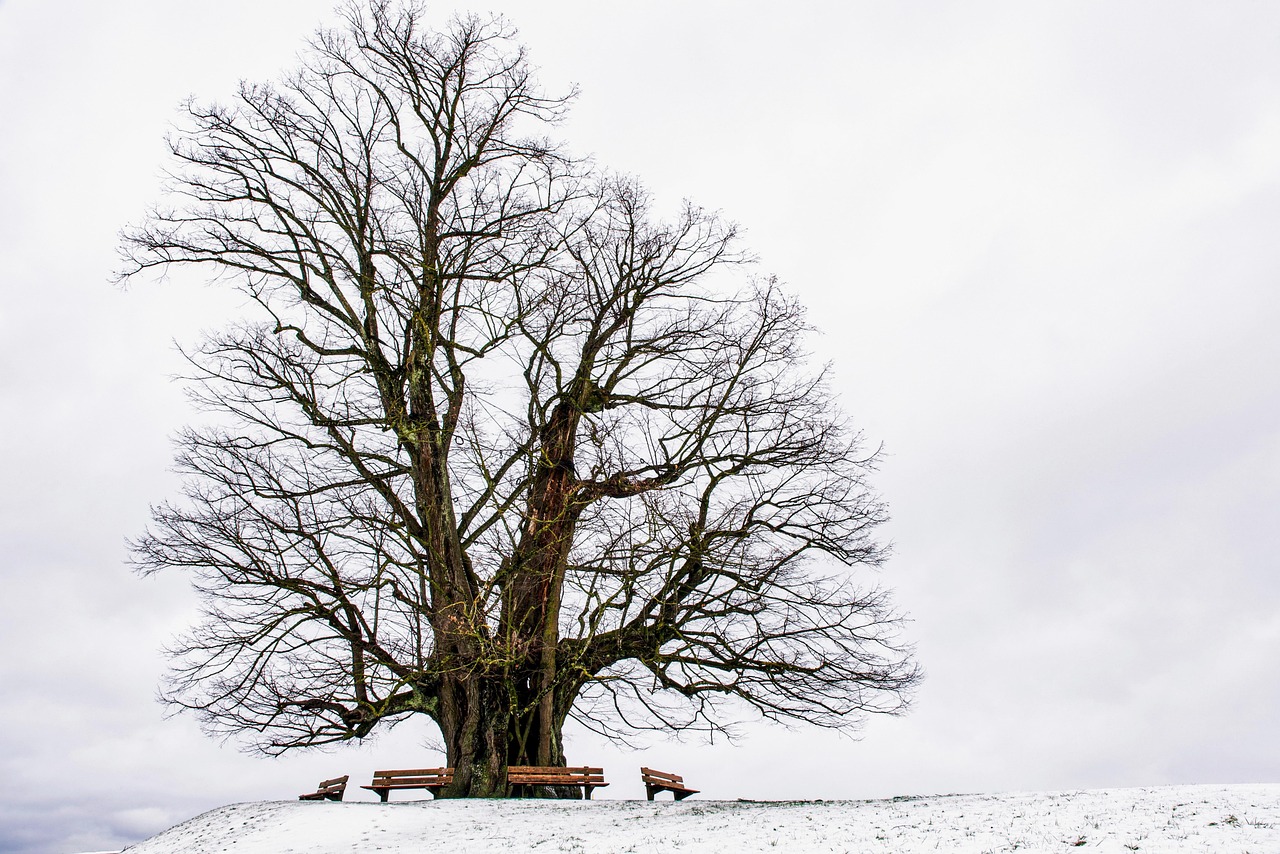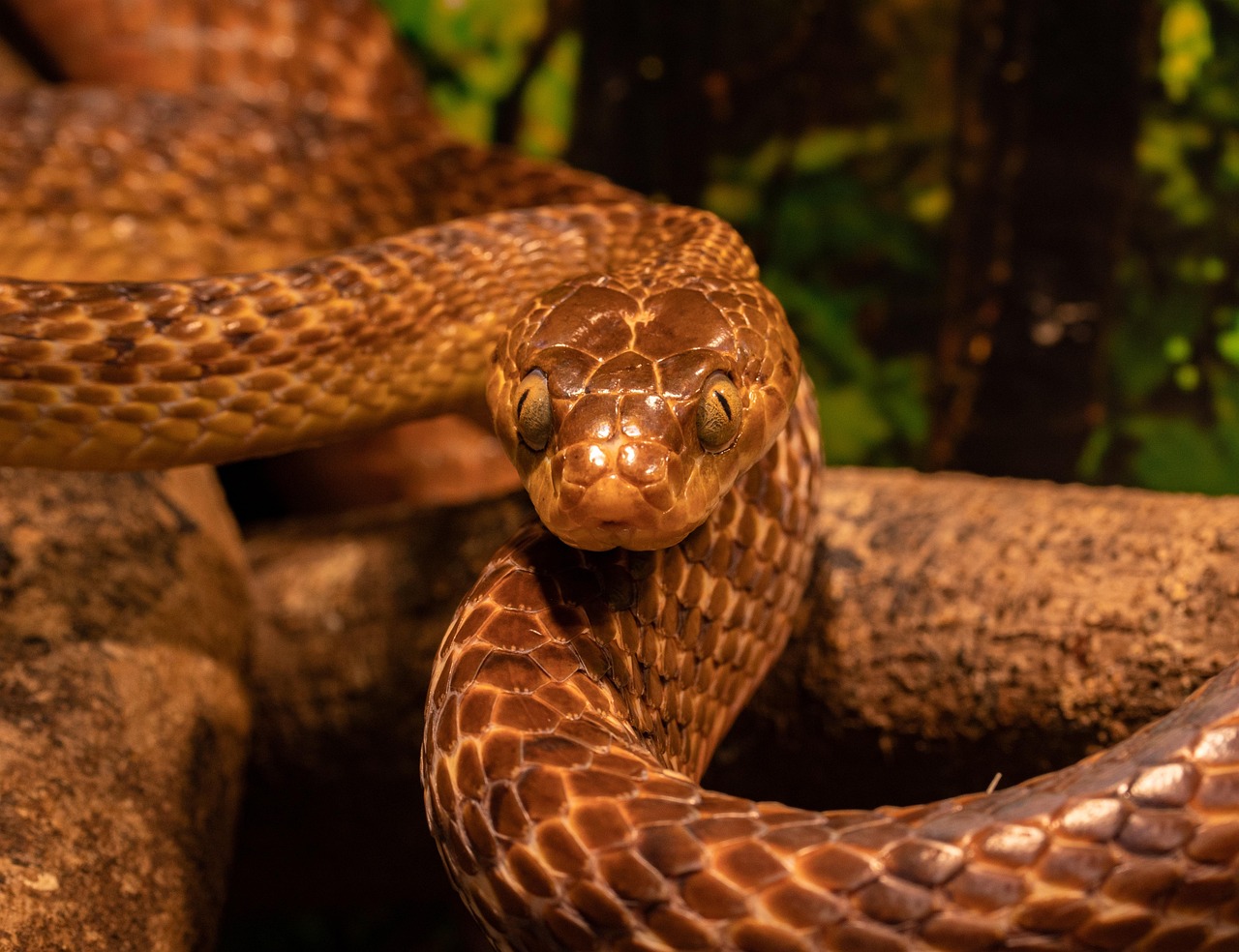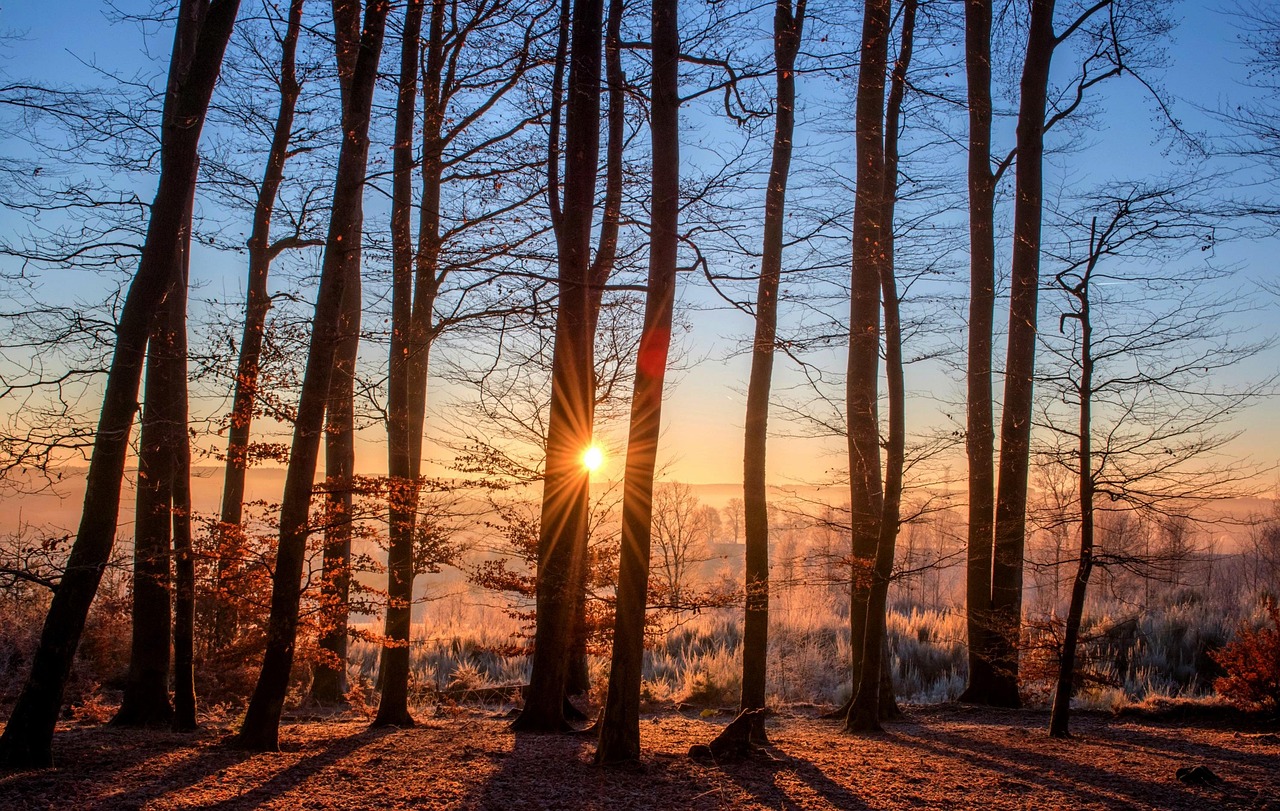The Ellwoodii tree, also known as the Eastern Red Cedar, typically grows at a moderate rate of about 12 to 24 inches per year. This growth rate makes it suitable for small garden borders, providing quick coverage and a dense, evergreen appearance.
Understanding the Ellwoodii Tree
The Ellwoodii tree is a popular choice among gardeners for its attractive foliage and adaptability. This evergreen conifer belongs to the Juniperus virginiana species and is known for its conical shape. Its dense, blue-green needles add year-round interest to garden spaces. The tree is particularly appreciated for its ability to thrive in various soil types and conditions.

One of the appealing characteristics of the Ellwoodii tree is its relatively slow growth compared to other conifers. While it can reach heights of 15 to 20 feet at maturity, its moderate growth rate allows for easier management in smaller garden settings. This makes it an ideal candidate for borders or as a standalone feature in smaller landscapes.
Growth Characteristics
The growth rate of the Ellwoodii tree can be influenced by several factors, including soil quality, water availability, and sunlight exposure. Under optimal conditions, this tree can achieve its full height within 10 to 15 years. Here are some key growth characteristics:
| Factor | Optimal Condition | Effect on Growth Rate |
|---|---|---|
| Soil Type | Well-drained sandy or loamy soil | Encourages healthy root development and growth |
| Watering | Regular moisture without overwatering | Promotes steady growth; drought stress can slow growth |
| Sunlight | Full sun (6-8 hours daily) | Maximizes photosynthesis, enhancing growth rate |
| Fertilization | Balanced fertilizer application in spring | Supports vigorous growth during the active season |
Planting Ellwoodii Trees for Borders
When considering planting Ellwoodii trees for garden borders, it’s essential to plan their spacing properly. These trees can be placed approximately 3 to 4 feet apart to allow for their natural spread. This spacing ensures that each tree receives adequate sunlight and airflow, reducing the risk of disease and promoting healthy growth.

Before planting, it is advisable to prepare the site by clearing any weeds or debris. Digging a hole that is twice as wide as the root ball but no deeper than the root itself will help establish the tree effectively. Adding organic matter or compost can enhance soil fertility and structure, further supporting the tree’s growth.
Caring for Ellwoodii Trees
Proper care after planting is vital for ensuring healthy growth. Regular watering during dry spells is crucial, especially in the first few years as the tree establishes itself. Mulching around the base of the tree can help retain moisture and suppress weeds.
In terms of pruning, minimal intervention is usually required. However, light trimming can help maintain a desirable shape or remove any dead branches. This practice not only keeps the trees looking tidy but also encourages new growth.

Common Pests and Diseases
- Cedar Apple Rust: A fungal disease that affects foliage but can be managed with proper spacing and air circulation.
- Spider Mites: These pests thrive in hot, dry conditions. Regular watering can help prevent infestations.
- Juniper Scale: A sap-sucking insect that can weaken trees. Insecticidal soap may be used for control.
- Cankers: These can develop from environmental stress. Keeping trees healthy through proper care minimizes risks.
Understanding these aspects of Ellwoodii tree growth will help gardeners create beautiful, lush borders in their small gardens. By providing the right conditions and care, these trees will flourish and enhance the aesthetic appeal of any landscape.
Choosing the Right Location for Ellwoodii Trees
The location in which you plant Ellwoodii trees is crucial for their growth and overall health. Selecting the right spot will ensure they thrive and maintain their beautiful appearance. Here are some factors to consider when choosing a location:
- Sunlight: Ellwoodii trees prefer full sunlight, which means they should receive at least 6 to 8 hours of direct sunlight each day. Insufficient sunlight can lead to weakened growth and sparse foliage.
- Soil Drainage: Well-drained soil is essential. Poor drainage can cause root rot, significantly impacting tree health. If the existing soil retains too much moisture, consider planting in raised beds or amending the soil with organic material.
- Spacing: Ensure that the chosen area provides enough space for the trees to grow without overcrowding. A distance of 3 to 4 feet between each tree is recommended for optimal growth.
- Protection from Harsh Winds: While Ellwoodii trees are hardy, they can benefit from some wind protection, especially when young. Planting near structures or other vegetation can provide needed shelter.
Watering Practices for Optimal Growth
Watering is one of the most important aspects of caring for Ellwoodii trees. Proper watering practices can significantly influence their growth rate and overall health. Here are some guidelines to follow:

- Initial Watering: After planting, water the trees thoroughly to help settle the soil around the roots. This initial watering establishes a strong foundation for growth.
- Regular Watering Schedule: During the first two years, water the trees at least once a week, especially during dry spells. As the trees mature, they will require less frequent watering.
- Avoid Overwatering: Ensure that the soil dries out slightly between watering sessions. Overwatering can lead to root rot and other issues that hinder growth.
- Mulching: Apply a layer of mulch around the base of the tree. This helps retain moisture in the soil and reduces competition from weeds.
Fertilizing Ellwoodii Trees
Fertilization supports healthy growth and enhances the vigor of Ellwoodii trees. However, it is important to apply fertilizer correctly and at the right times. Here are some tips for effective fertilization:
- Timing: Fertilize in early spring before new growth begins. This timing ensures that nutrients are available when the trees are actively growing.
- Type of Fertilizer: Use a balanced fertilizer with equal parts nitrogen, phosphorus, and potassium (e.g., 10-10-10). Organic options such as compost or well-rotted manure can also be beneficial.
- Application: Follow the manufacturer’s instructions for application rates. Generally, spreading fertilizer evenly around the base of the tree will promote healthy growth.
- Avoid Over-fertilization: Too much fertilizer can cause excessive foliage growth at the expense of root development. Stick to recommended amounts for best results.
Seasonal Considerations for Ellwoodii Trees
Understanding seasonal changes and their impact on Ellwoodii trees can help gardeners provide better care throughout the year. Here are some seasonal considerations to keep in mind:
Spring Care
Spring is a critical time for Ellwoodii trees as they emerge from dormancy. During this season, focus on:
- Inspecting for any winter damage or pests that may have taken hold during colder months.
- Applying fertilizer to support new growth.
- Establishing a consistent watering schedule as temperatures begin to rise.
Summer Care
The summer months bring heat and increased sunlight. It is essential to:
- Monitor soil moisture regularly to avoid drought stress.
- Keep an eye out for pests such as spider mites that thrive in dry conditions.
- Provide shade or wind protection if extreme weather conditions occur.
Fall Care
As temperatures drop in fall, prepare your Ellwoodii trees for winter by:
- Reducing watering frequency as trees enter dormancy.
- Applying a layer of mulch to insulate roots against cold temperatures.
- Pruning any dead or damaged branches to promote healthier growth in spring.
Winter Care
While Ellwoodii trees are hardy, winter care is still essential. Focus on:
- Avoiding heavy snow accumulation on branches, which can cause breakage. Gently shake off any excess snow.
- Monitoring for signs of pests or disease, even during dormancy.
- Ensuring adequate moisture if there are dry spells during winter months.
Caring for Ellwoodii trees through seasonal changes enhances their health and promotes successful growth in small garden borders. By following these guidelines, gardeners can enjoy lush greenery throughout the year.
Designing with Ellwoodii Trees in Small Gardens
Integrating Ellwoodii trees into small garden borders requires thoughtful planning and design. Their unique characteristics can enhance the visual appeal of any landscape. Here are some design considerations to maximize their impact:
Height and Shape Considerations
Ellwoodii trees typically reach heights of 15 to 20 feet and have a conical shape, making them excellent for creating vertical interest. When designing your garden, consider the following:
- Layering: Use Ellwoodii trees as a backdrop for shorter flowering plants or shrubs. This layering technique creates depth and makes the garden look more dynamic.
- Grouping: Plant multiple Ellwoodii trees in clusters to create a cohesive look. This arrangement can help create a natural screen or hedge.
- Spacing: Ensure adequate spacing to allow each tree to develop its full shape without overcrowding. A distance of 3 to 4 feet is ideal.
Companion Planting
Companion planting with Ellwoodii trees can enhance both the aesthetic appeal and health of your garden. Here are some companion plants that work well:
- Perennials: Plants like daylilies and coneflowers provide colorful blooms that contrast nicely with the evergreen foliage of Ellwoodii trees.
- Ground Covers: Varieties such as creeping thyme or ajuga can be planted at the base of the trees to prevent weed growth and maintain moisture.
- Flowering Shrubs: Consider shrubs like hydrangeas or azaleas that can add seasonal color and texture to your landscape.
Using Ellwoodii Trees for Privacy and Windbreaks
Ellwoodii trees can serve multiple functional purposes in a garden setting, notably as privacy screens and windbreaks. Their dense foliage offers excellent coverage, making them a popular choice among homeowners.
Creating Privacy Screens
To effectively use Ellwoodii trees as privacy screens, follow these tips:
- Plant in Rows: For maximum privacy, plant Ellwoodii trees in staggered rows. This arrangement helps cover gaps and creates a more solid barrier.
- Select Appropriate Spacing: Maintain a spacing of approximately 3 feet between each tree to ensure full coverage while allowing for healthy growth.
- Maintenance: Regular pruning can help keep the trees at a desirable height while promoting dense growth.
Windbreaks for Protection
Ellwoodii trees are also effective windbreaks, which can protect other plants in your garden. Consider the following:
- Orientation: Position the trees strategically in relation to prevailing winds to provide the best protection for your garden.
- Height Variation: Mix Ellwoodii trees with other tree species of varying heights to create a more effective wind barrier, allowing for better airflow management.
- Consider Growth Rate: Since Ellwoodii trees grow at a moderate rate, plan for additional planting if immediate coverage is desired.
Potential Challenges with Ellwoodii Trees
While Ellwoodii trees offer many benefits, there are potential challenges that gardeners may face. Awareness of these issues can help mitigate problems before they arise.
Pest Management
Pests can affect the health of Ellwoodii trees. Here are common pests and management strategies:
- Cedar Apple Rust: To combat this fungal disease, ensure good air circulation and avoid planting nearby susceptible species like apples or hawthorns.
- Spider Mites: Regular monitoring for signs of these pests is essential. If infestations occur, consider using insecticidal soap or neem oil as treatment options.
- Cankers: These can arise from environmental stress. Minimizing stress through proper care can reduce the risk of developing cankers.
Disease Prevention
To maintain healthy Ellwoodii trees, consider these disease prevention tips:
- Avoid Overwatering: Excess moisture can lead to root rot and other diseases. Ensure proper drainage in the soil.
- Prune Regularly: Remove dead or diseased branches promptly to prevent the spread of infections.
- Select Healthy Plants: When purchasing Ellwoodii trees, choose healthy specimens free from pests and diseases.
<h3.Environmental Stress Factors
Certain environmental conditions can stress Ellwoodii trees, affecting their growth. Here are some factors to consider:
- Drought Conditions: Prolonged drought can weaken trees. Regular watering during dry spells is essential, especially in the early years after planting.
- Poor Soil Quality: Test soil quality before planting. Improving soil with organic amendments can enhance tree growth and health.
- Extreme Temperatures: While Ellwoodii trees are hardy, extreme heat or cold can stress them. Ensure proper care during these periods to support their resilience.
By addressing these challenges and planning effectively, gardeners can successfully cultivate Ellwoodii trees in their small garden borders, enhancing both beauty and functionality.
Additional Uses for Ellwoodii Trees
Beyond their visual appeal and practicality as privacy screens or windbreaks, Ellwoodii trees can serve various other purposes in garden design. Understanding these additional uses can help gardeners maximize the benefits of planting these trees.
Soil Erosion Control
Ellwoodii trees can significantly contribute to soil stabilization. Their extensive root systems help prevent soil erosion, particularly on slopes or areas prone to runoff. Here are some points to consider:
- Root Structure: The deep and spreading roots of Ellwoodii trees anchor the soil, reducing the likelihood of erosion during heavy rains.
- Planting Strategy: Planting these trees in groups along slopes or vulnerable areas can create a natural barrier against soil loss.
- Complementary Planting: Combine with ground covers and other plants to enhance erosion control further while adding aesthetic value to the landscape.
Wildlife Habitat
Ellwoodii trees provide habitat and food for various wildlife species. Their dense foliage offers shelter, while the tree’s berries can attract birds and other small animals. Consider the following:
- Biodiversity: Incorporating Ellwoodii trees into your garden can promote biodiversity, attracting beneficial insects and birds that contribute to a healthy ecosystem.
- Natural Pest Control: By encouraging wildlife, you may find natural pest control methods at work, reducing the need for chemical interventions.
- Nesting Sites: The dense branches can serve as nesting sites for birds, contributing to a lively garden atmosphere.
Aesthetic Versatility
The aesthetic versatility of Ellwoodii trees makes them suitable for various garden styles. Here are ideas on how to incorporate them into different designs:
- Formal Gardens: Use Ellwoodii trees as structured hedges or topiary to create a neat, formal appearance.
- Cottage Gardens: Pair them with colorful perennials and flowering shrubs to achieve a more relaxed, informal look.
- Modern Landscapes: Utilize their geometric shape in contemporary landscapes, combining them with sleek hardscaping elements for a striking contrast.
Maintenance Throughout the Years
As Ellwoodii trees mature, their maintenance needs may change. Here are some ongoing care tips to ensure their continued health and vibrancy:
Long-term Care
Adapting care practices over time is crucial for maintaining healthy Ellwoodii trees. Consider the following long-term care guidelines:
- Regular Inspections: Conduct routine checks for pests, diseases, and overall health. Early detection is key to effective management.
- Adjust Watering Schedule: As trees establish themselves, adjust watering frequency based on weather conditions and growth stage.
- Seasonal Pruning: Continue pruning as necessary to maintain shape and remove any dead or damaged branches.
Sustainability Practices
Implementing sustainable gardening practices can enhance the longevity and health of Ellwoodii trees. Here are some eco-friendly approaches:
- Organic Fertilizers: Use organic fertilizers to promote healthy growth without harming soil health.
- Water Conservation: Implement rainwater collection systems to minimize water use and provide natural moisture for the trees.
- Pesticide Alternatives: Utilize natural pest deterrents like diatomaceous earth or insecticidal soap to avoid chemical pesticides.
Final Thoughts
The Ellwoodii tree is an excellent choice for small garden borders due to its moderate growth rate, attractive appearance, and versatility in landscape design. It excels in providing privacy, controlling soil erosion, and creating wildlife habitats while enhancing the aesthetic value of any garden space.
By understanding the growth requirements, care practices, and potential challenges associated with Ellwoodii trees, gardeners can create thriving landscapes that offer beauty and functionality. Whether used in formal designs or informal cottage gardens, these trees can adapt to various settings, making them a valuable addition to any outdoor space.
With proper planning and maintenance, Ellwoodii trees will flourish, providing enjoyment for years to come. As they grow and mature, they will contribute significantly to the overall character of your garden, making every effort worthwhile.
